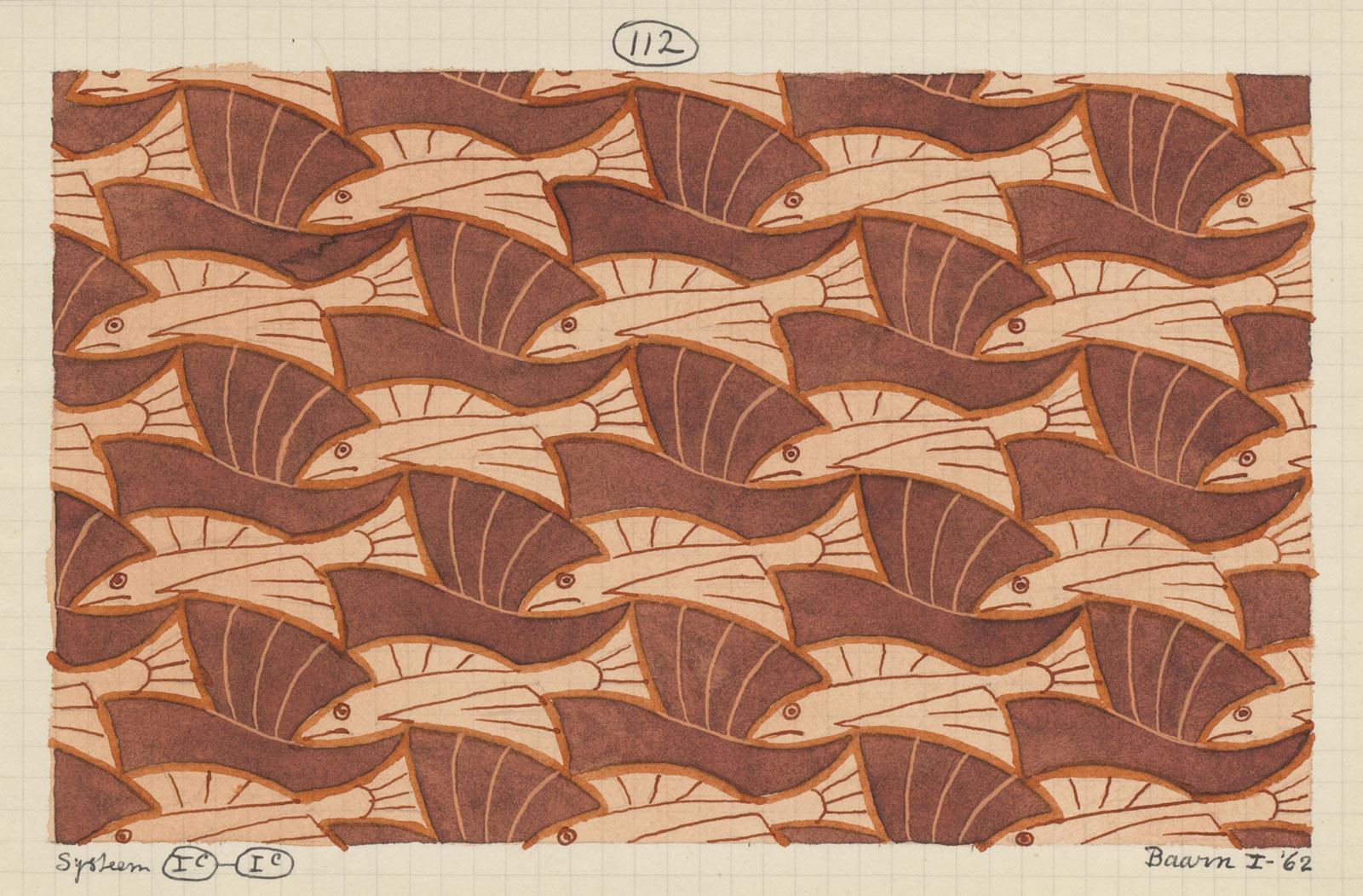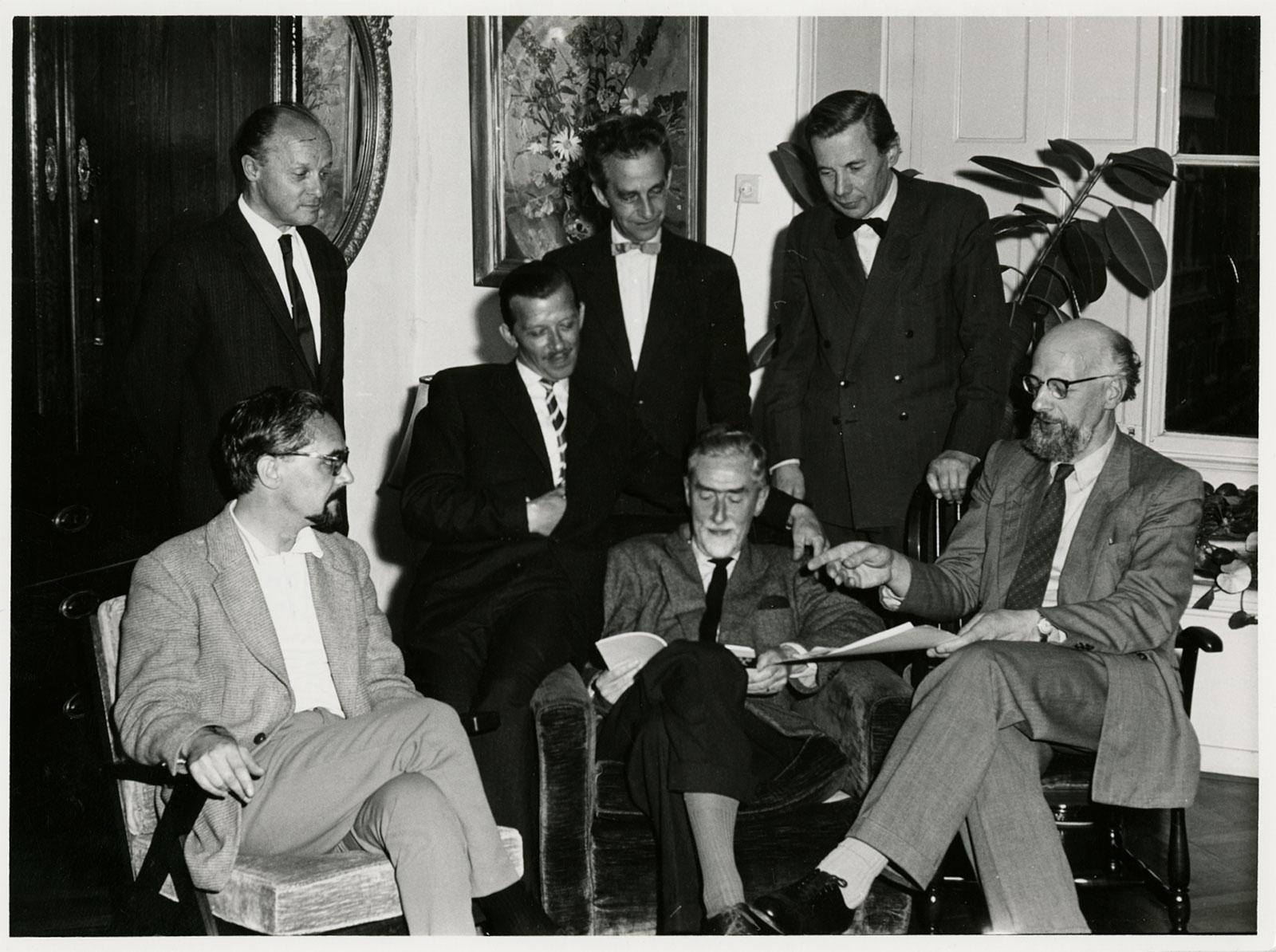

Escher’s first solo exhibition was held in the United States, in the Whyte Gallery in Washington, in October and November 1954. It was an initiative of the American Charles Alldredge, who had become a fan and collector after reading articles about Escher in magazines Time and Life in 1951. The two started corresponding and Alldredge went on to become something of a manager of Escher’s interests in the US.
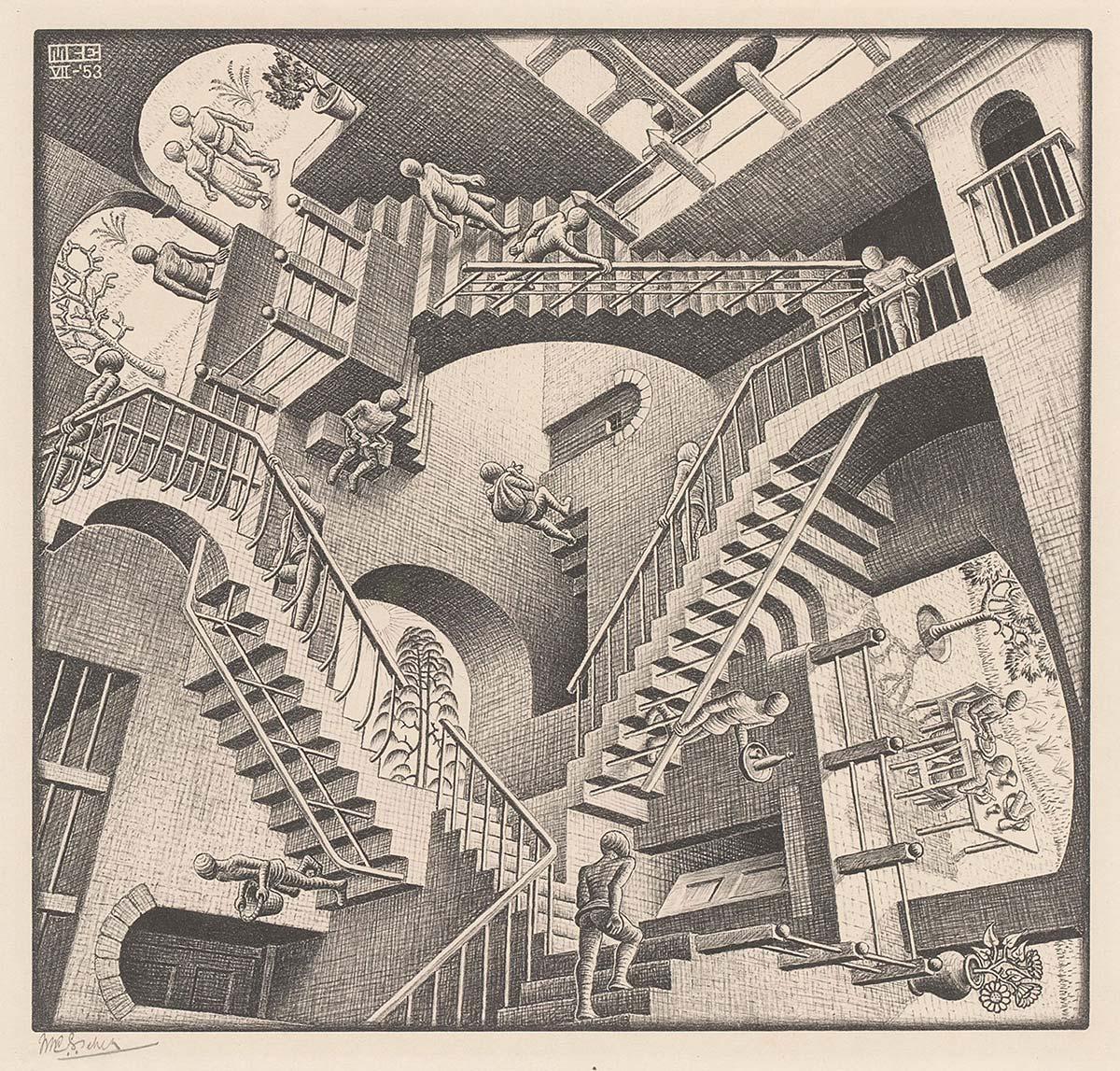
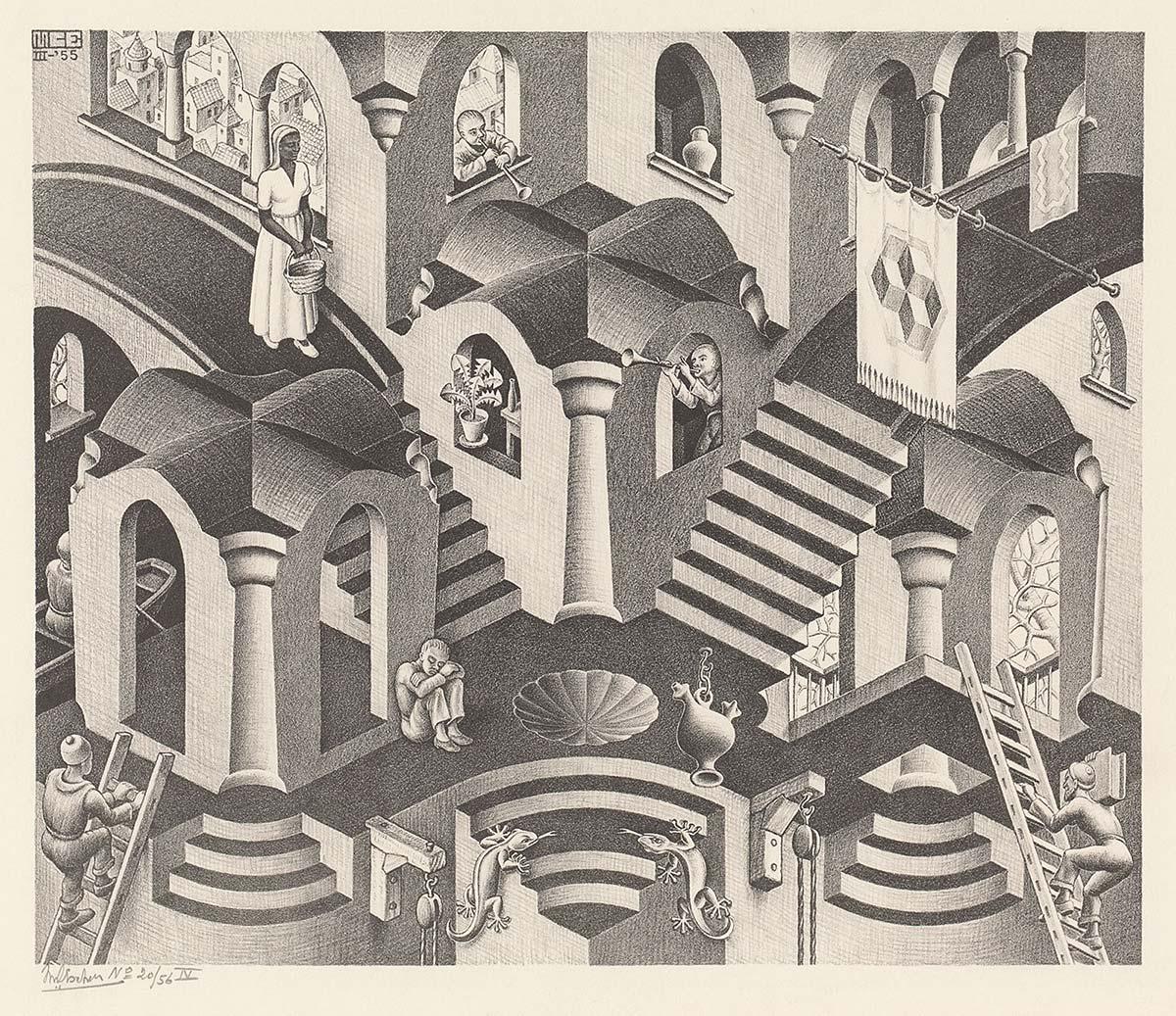
After the successful exhibition in the Whyte Gallery, he became increasingly busy looking after those interests. His workload increased considerably in 1956. Alldredge was asked to cooperate in the election campaign of Senator Estes Kefauver, who was attempting to become the Democratic candidate for the presidential election. Escher wrote about this in a letter to son Arthur dated 12 February 1956:
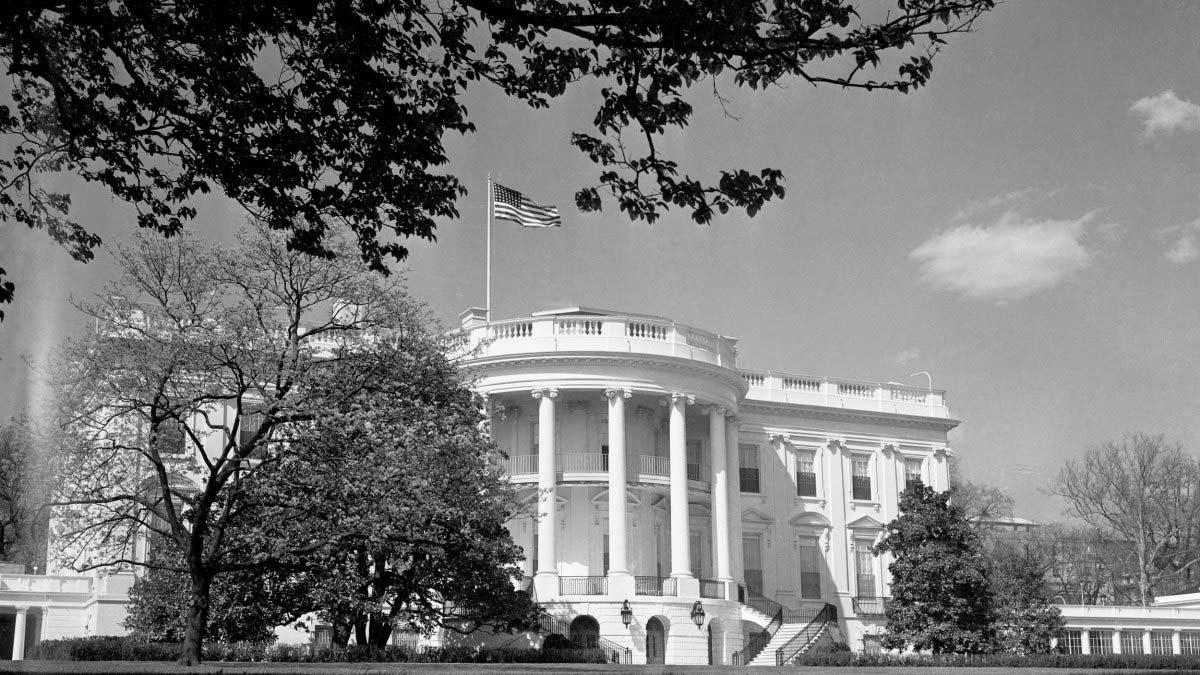
'I am very happy about a fat cheque I received from Washington. It pays off everything my art dealer owed me and means I can do more business with him. The sale of exactly 150 prints since my first foray into the US market is a nice result, and has earned me a total of $2,215. Without a doubt, I owe it all to the as yet unsurpassed Alldredge, with whom my correspondence continues. He sometimes tells me all sorts of things about his work and personal life. He earns his living (a decent living, from what I hear) by writing the speeches that his powerful “boss”, Senator Kefauver, is increasingly having to give now he is a candidate for the presidency. He is from the same party as Stevenson, so actually more or less anti-Eisenhower. I doubt Kefauver stands a good chance, but as Alldredge wrote to me: “if we succeed, then your prints will be hanging in the White House”.'
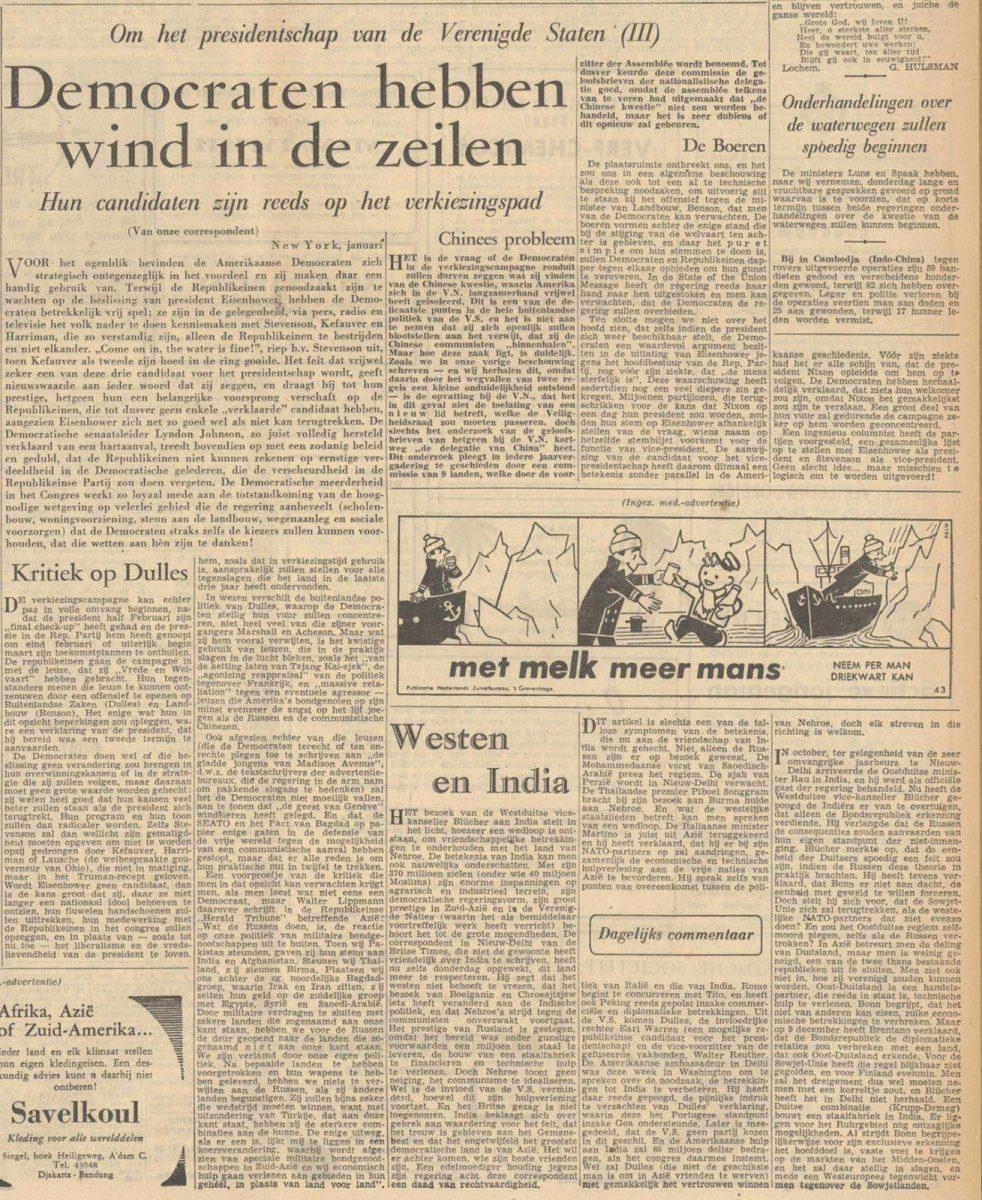
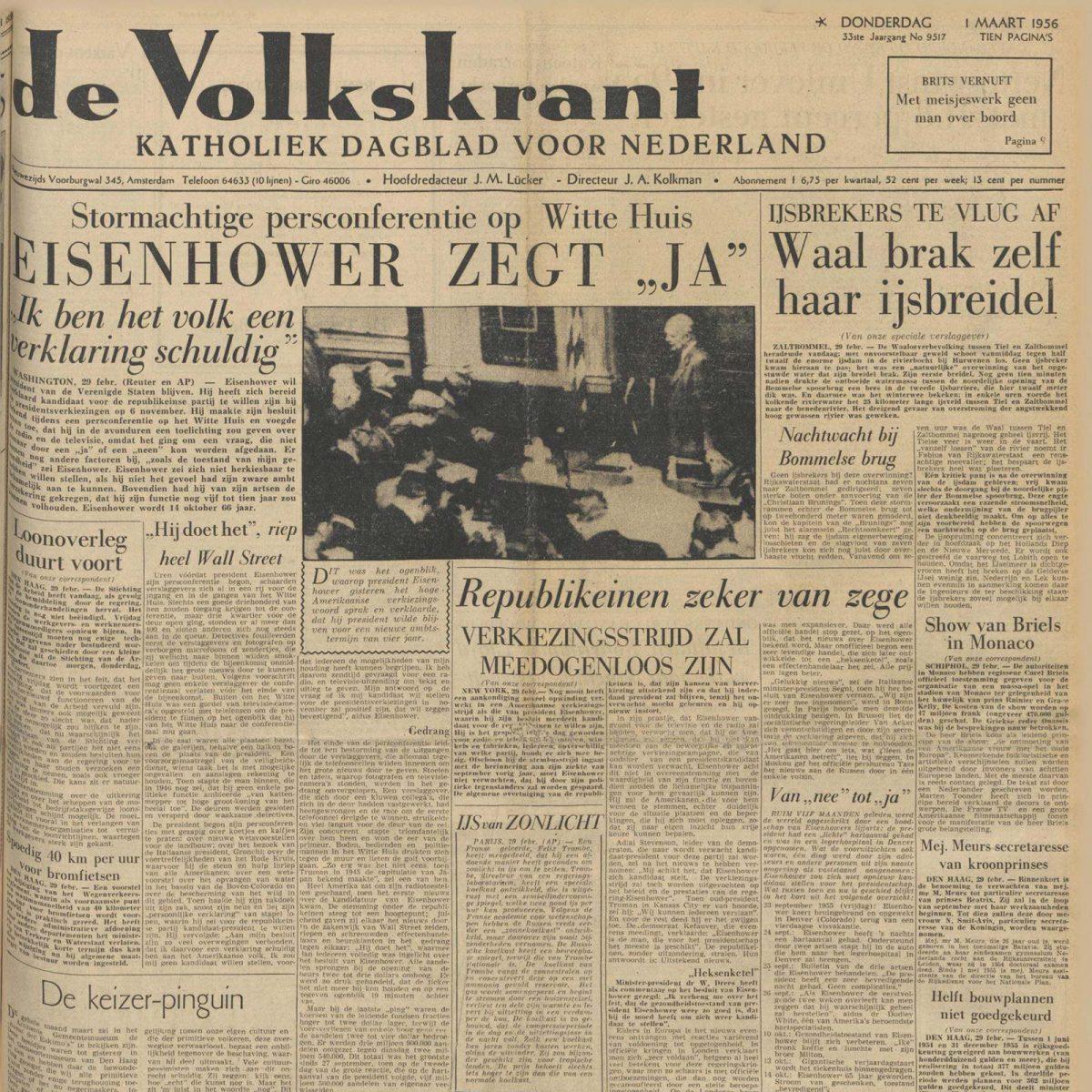
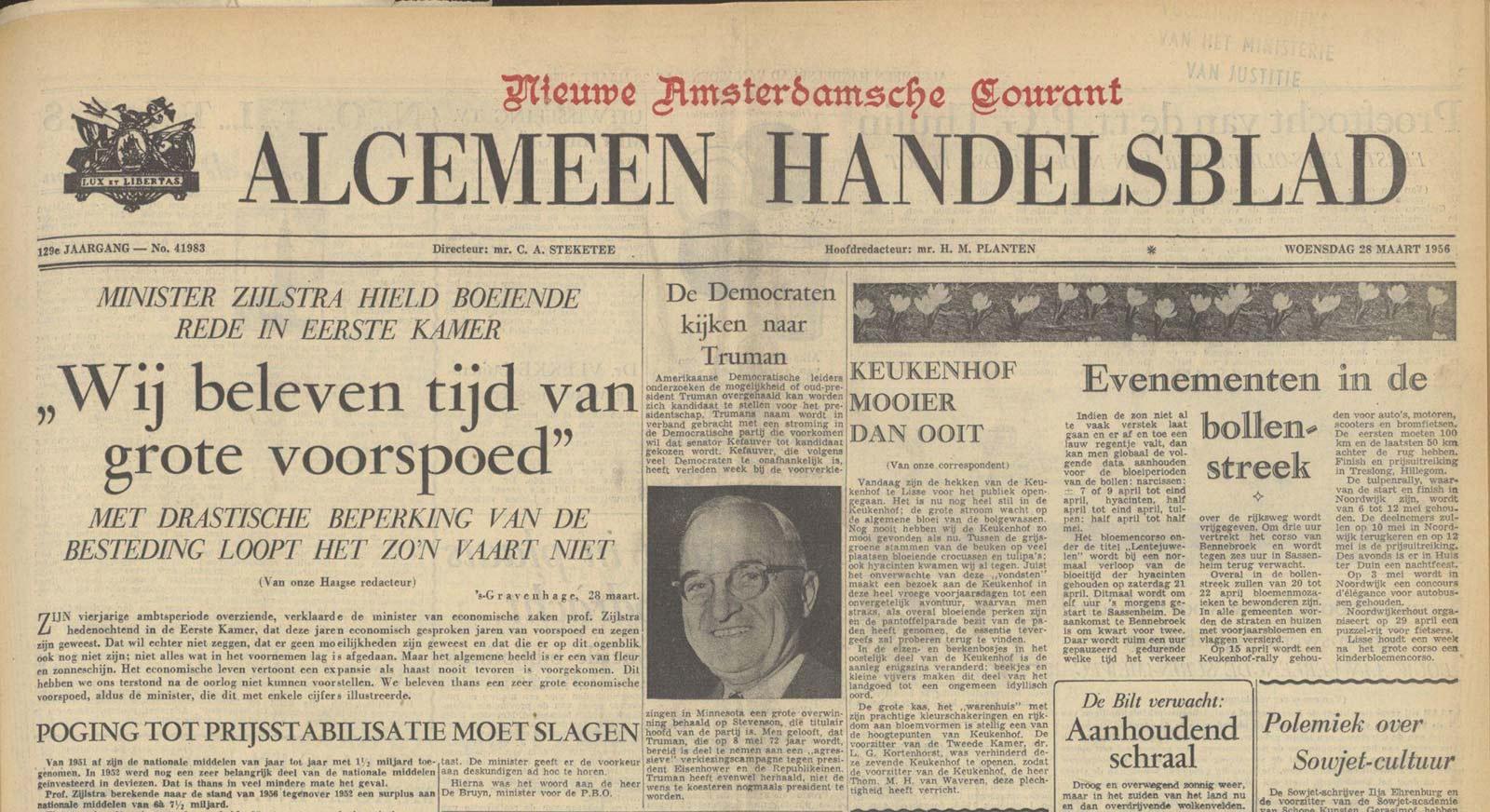
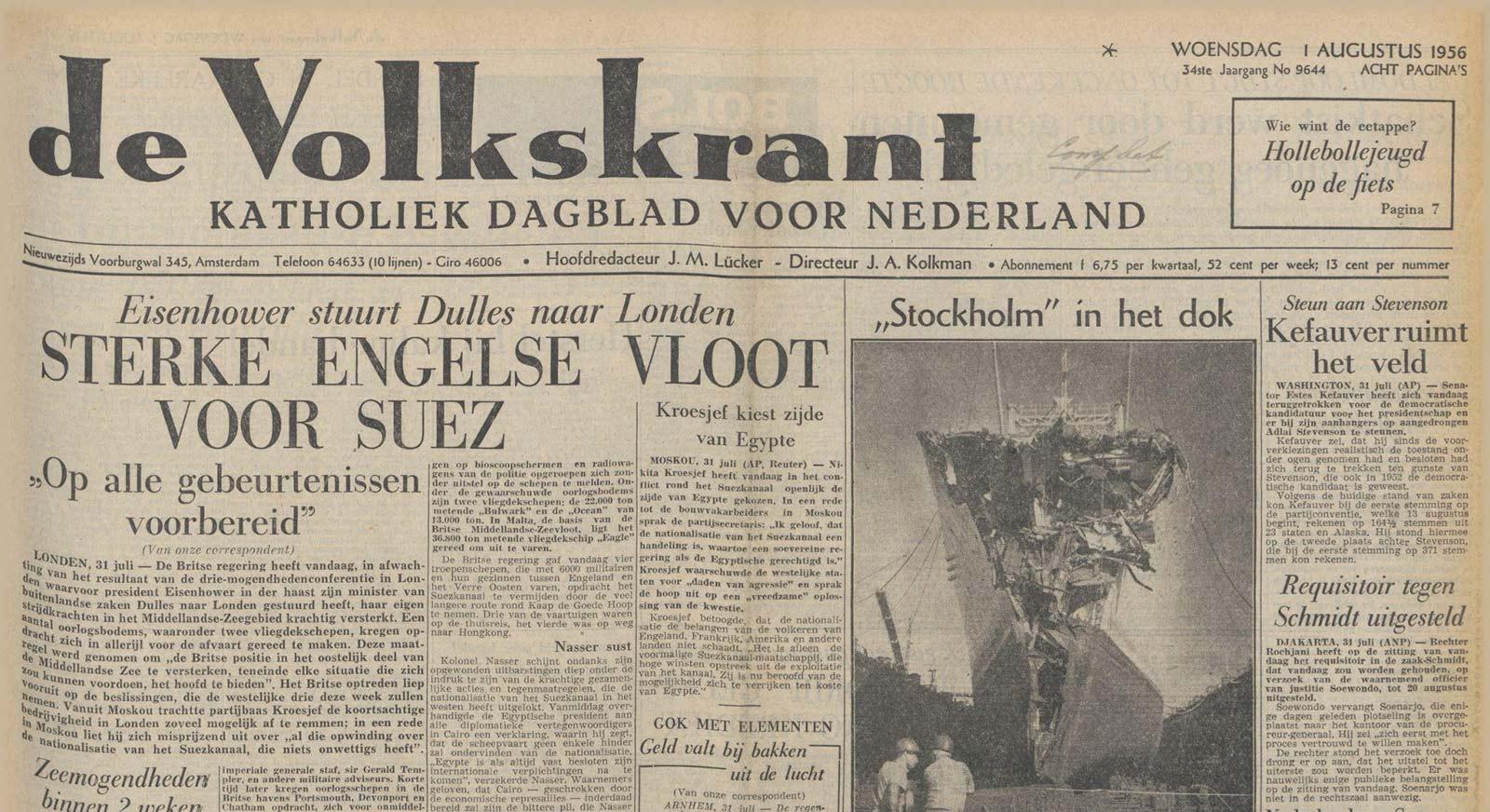
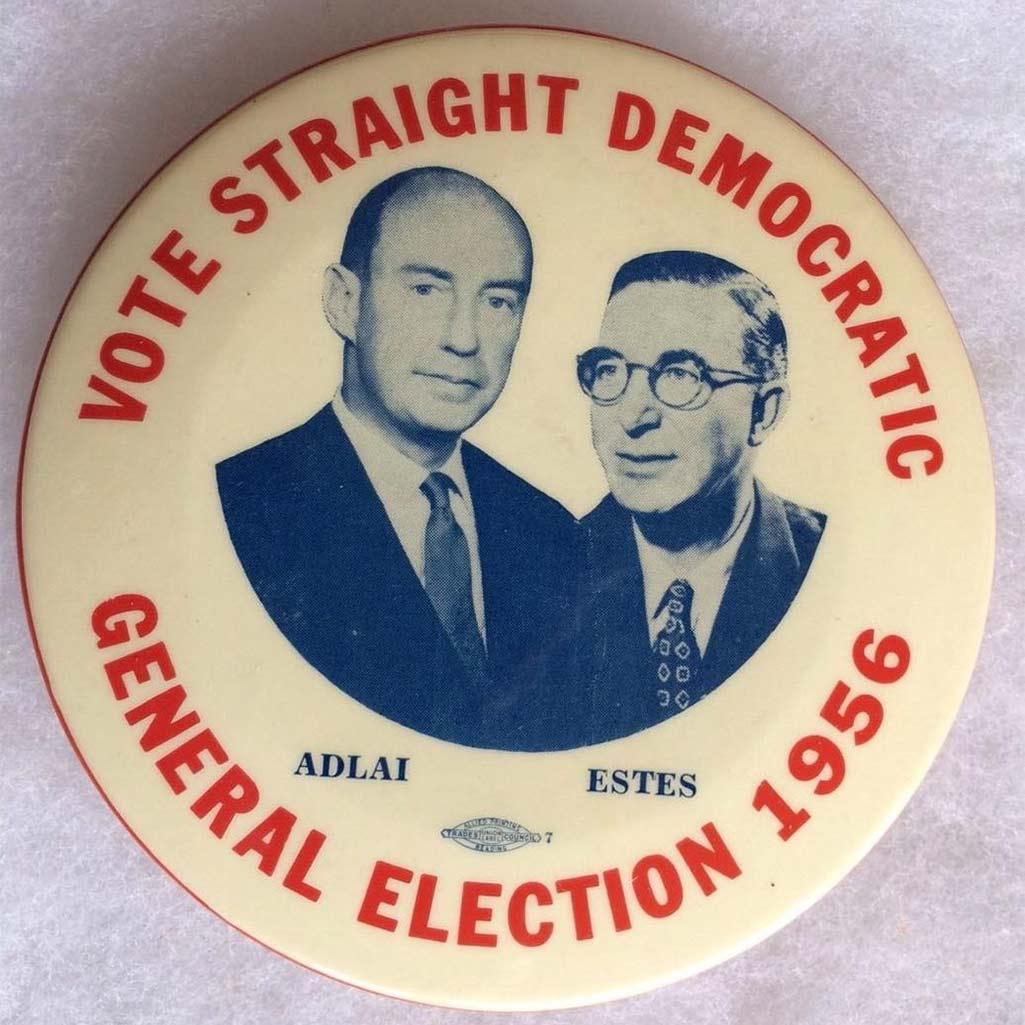
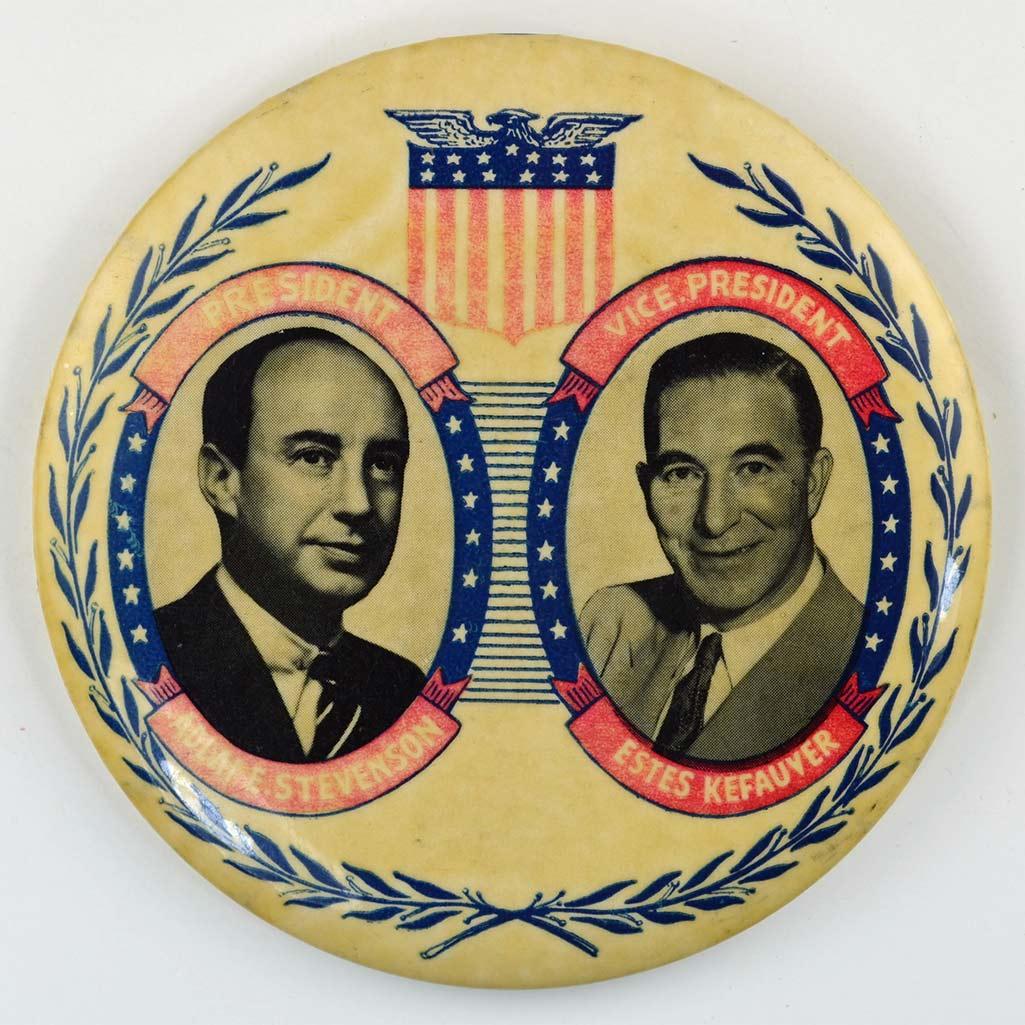
In the end, Kefauver lost the nomination battle to Adlai Stevenson, who in turn lost by a significant margin to the incumbent Republican president Dwight Eisenhower. The candidates had been in this situation before, as in 1952 Kefauver had already lost to Stevenson, who had already been defeated by Eisenhower. As Escher suspected, Kefauver did not stand a chance. Yet it is interesting to speculate about the presence of Escher’s prints in the White House. During those years he produced works such as Relativity, Convex and Concave, Order and Chaos II and Print Gallery. Prints that lend themselves well to being construed as metaphors for the laborious communication, misunderstandings, navel-gazing and labyrinthine chaos of American politics.
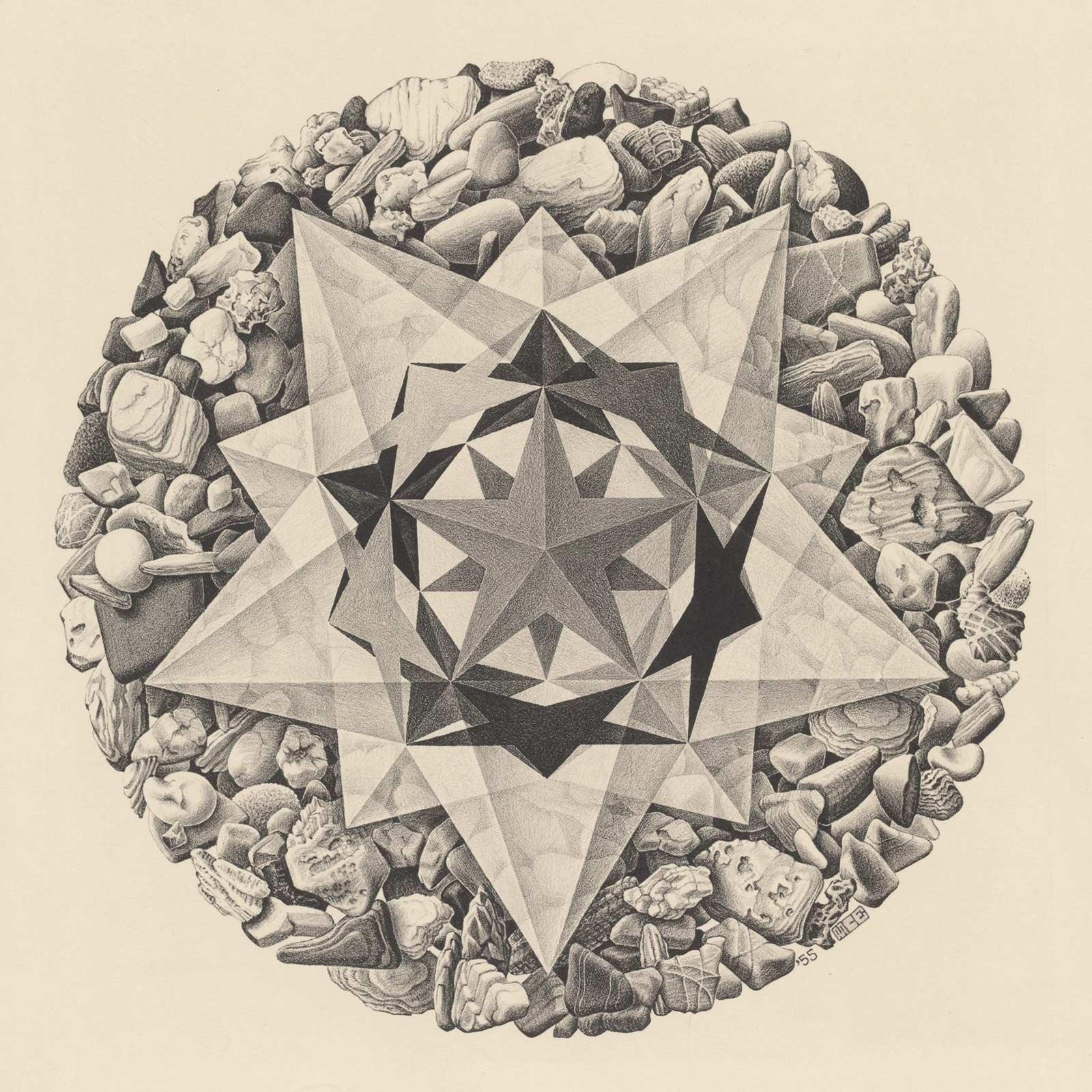
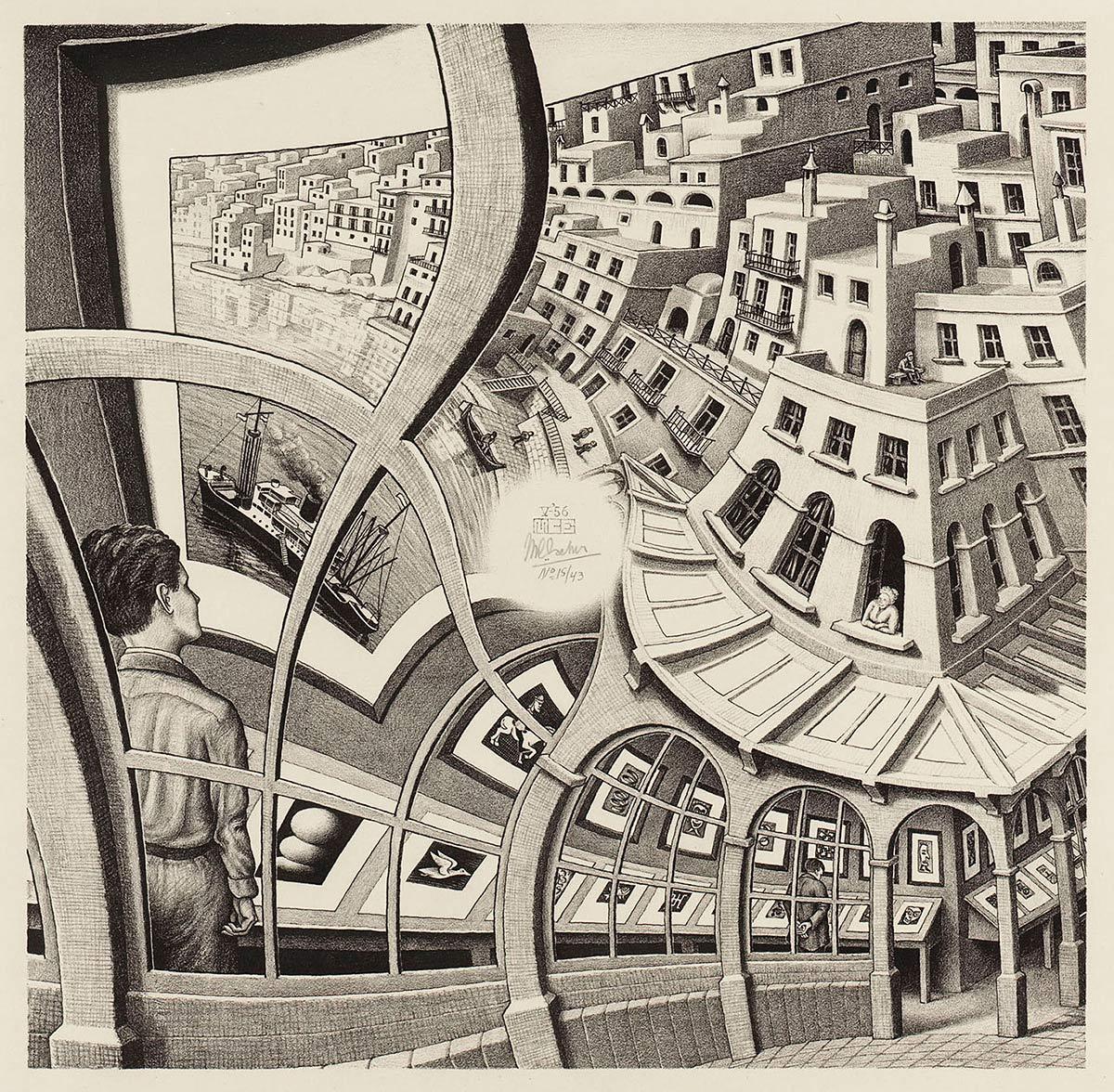
More Escher today

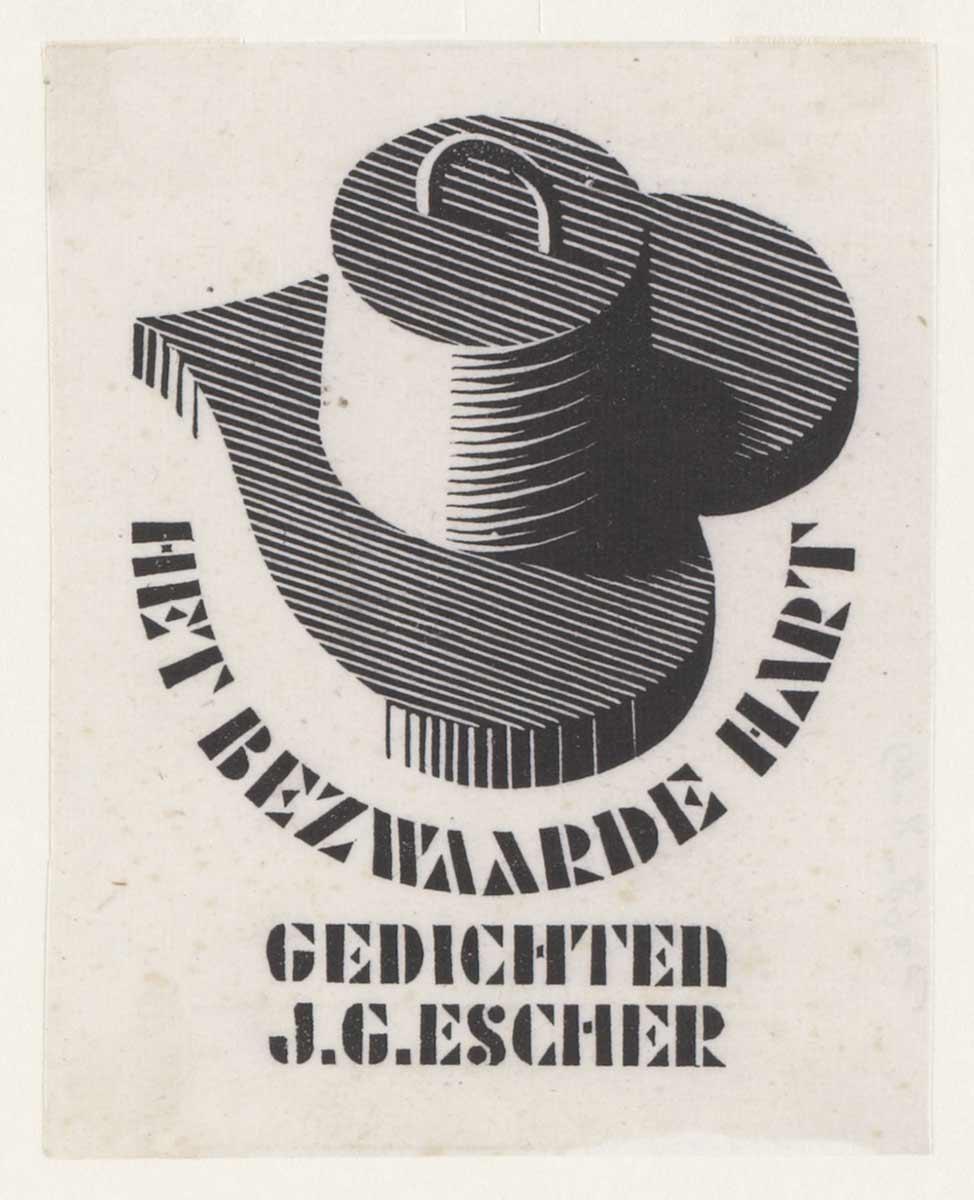
Het bezwaarde hart - The Burdened Heart
